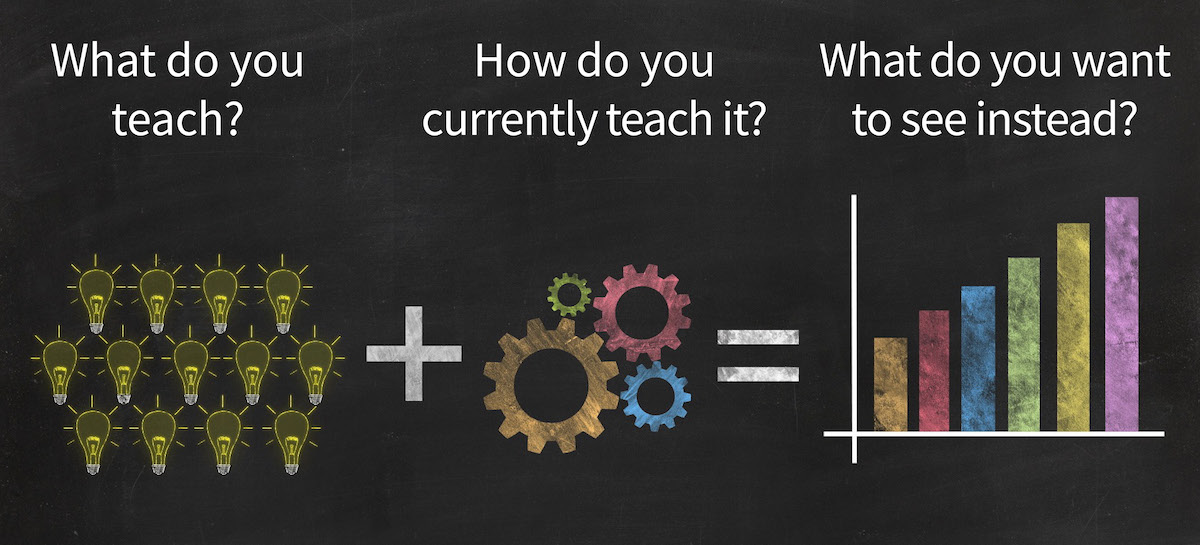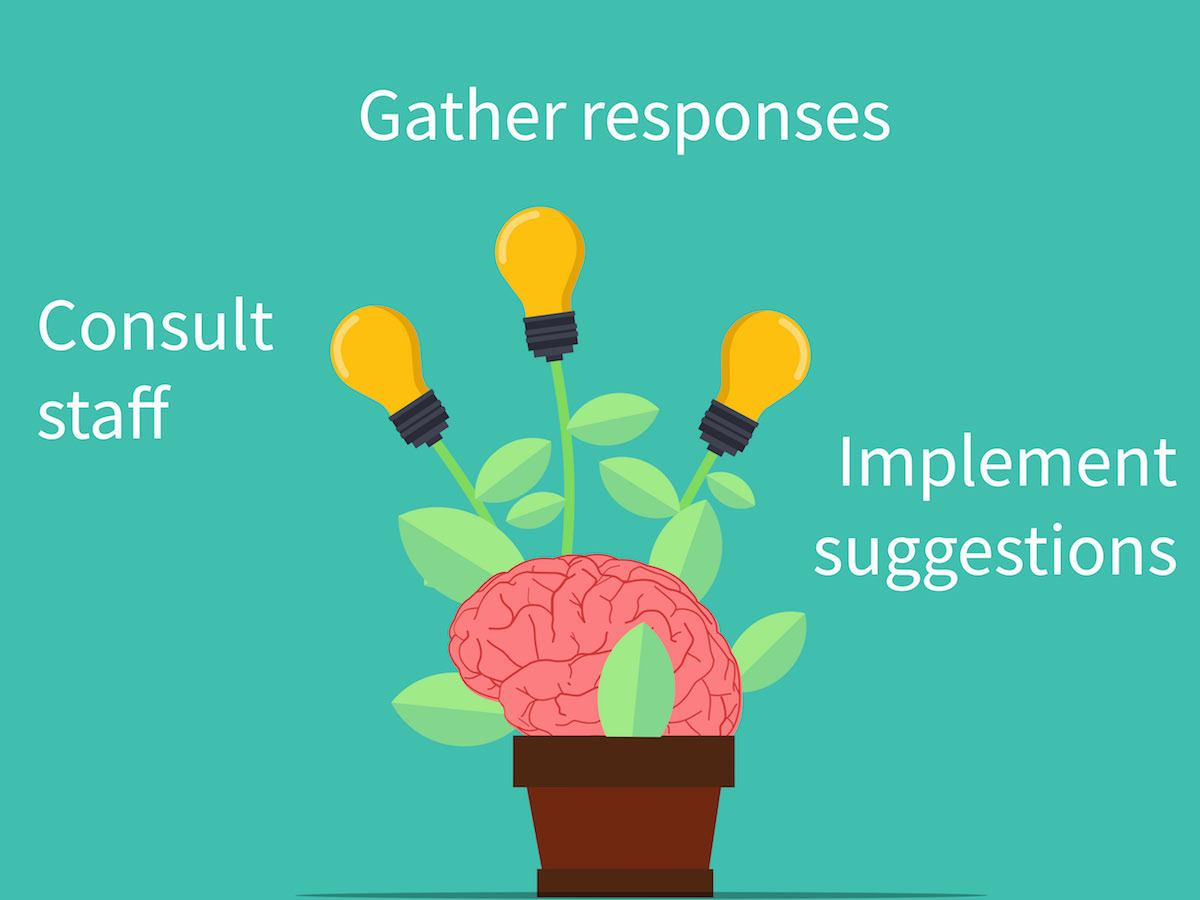News & Views

What does it mean to demonstrate impact?
This question of how to evidence impact often crops up when schools participate in the Outdoor Learning Award. And it’s a fair point: surely, it’s easier to show the verifier what you have done and simply tell the story of your journey. As lovely as it is to hear an enthusiastic narrative from a school that has done interesting and valuable things to enhance outdoor learning, it doesn’t focus on the point of the award – which is to demonstrate the impact (or the effect) of what you did, rather than what you actually did.
Let’s break it down and go through a couple of examples.
Set your baseline
If you focus your outdoor learning work on improving the curriculum, you must look at what you teach and how you currently teach it. That is the first part of the process and forms a quasi-baseline for your setting. Then you will need to think about what you might like to see instead and redesign your curriculum around this.

Determine the changes
The next step is to implement the changes, always focusing on why you are making the changes to the curriculum:
- What is it that you want to change and why?
- What will be the proposed benefit of the changes you will make?
Determining these points will help you figure out what the impact has been once you make the changes. It’s worth noting that you might notice other benefits (or otherwise) after implementing the changes, so keep track of all changes you notice. And if you can’t think of any benefits of making changes (in other words, you aren’t expecting any impact), then it’s worth questioning why you are trying!
Once you have implemented changes to the curriculum – what you teach and how you teach it – you will likely have seen some differences. These differences might be in children’s experiences, namely their behaviour:
- Children who have spent an increased amount of time learning outdoors/about the outdoors take less time to get ready to learn in the classroom compared to when they are not outdoors as much.
- Alternatively, children might report feeling calmer, quieter and more inspired to learn after spending more time outdoors.
Therefore, you can see the impact of making changes to the curriculum in children’s subsequent behaviour.
Keep records!
It is important to have clear records so that you can compare the ‘before’ and ‘after’. This is crucial when focusing on impact so you can see the effect of any changes you make. The impact of children spending more time learning outdoors/about the outdoors (or both) is that they feel different, which directly affects their reported ability to learn.
To look at it another way, ask yourself what would happen if you didn’t make any changes. Things would likely stay the same and there would be no different effects: there would be no impact because nothing had changed. There needs to be a change in order to notice the impact of the change.

Staff impact
Another example of recognising impact could be with staff. One common reason why some staff don’t like to teach outdoors is because they feel underconfident or not competent enough to do what they think is a decent job. This would be your ‘before’ measure: how confident and competent do staff feel about teaching outdoors?
Ask staff what would help them make positive changes to their practice (what would help them feel more confident and competent) and put the most relevant measures in place. Then ask staff the same questions again and compare/contrast the findings.
What changes do you notice in how they rate their confidence and competence? Do they feel better after training? This usually happens! Therefore, the impact of providing staff training is that staff feel more confident and competent to teach outdoors.

Identify obstacles and resolve them
Equally, some staff don’t like to teach outdoors as they don’t have the most suitable clothing. After some staff consultation (asking them what would make a positive difference to them teaching outdoors), gather their responses and consider the most relevant suggestions and implement one or more of them, as appropriate. This might be buying warm, waterproof clothing and boots for each staff member and providing a suitable place for them to change into and out of the clothing. The impact of making changes would be shown in staff responses to the consultation after you have provided the appropriate clothing. Staff would likely feel heard (that you were aware of their reluctance and that you were willing to do something about it) and would appreciate the extra support you have provided, encouraging them to teach outdoors more or just with improved enthusiasm, comfort and enjoyment.
When working through the Outdoor Learning Award, it’s important to remember that demonstrating impact needs to be clear. It’s more about how to recognise impact (in other words, the effect of the actions) rather than the actions taken. Try to avoid simply telling the story and instead focus your attention on what the effect of your actions has been.

One final point: you might discover that your expected impact doesn’t happen. That’s fine; instead, notice the unanticipated or unintended impact and report it anyway. It might turn out to be serendipitous!
Ready to give it a go? The Outdoor Learning Award explains how to help pupils' confidence and skills grow through learning outside.
About the author

Joanna Feast is an education consultant specialising in PSHE education across the age ranges. She is also the founder of Clean Well-Being and author of the Outdoor Learning Award.